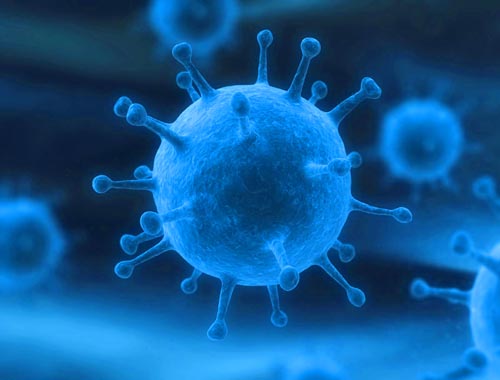Lab test Upper and Lower limits lab
 Published: 23 Apr 2024
Published: 23 Apr 2024
Molar concentration (mol/L) is used to a higher degree in most of the rest of the world, including the United Kingdom and other parts of Europe and Australia and New Zealand.
Reference ranges for blood tests are studied within the field of clinical chemistry, the area of pathology that is generally concerned with analysis of bodily fluids. Reference ranges for blood tests are sets of values used by a health professional to interpret a set of medical test results from blood samples. Is usually given with dL (decilitres) as the denominator in the United States, and usually with L (litres) in, for example, Sweden. Mass concentration (g/dL or g/L) is the most common measurement unit in the United States. International units (IU) are based on measured biological activity or effect, or for some substances, a specified equivalent mass. Enzyme activity (kat) is commonly used for e.g. liver function tests like AST, ALT, LD and v-GT in Sweden.
Your healthcare provider will use this information to make a diagnosis and prescribe treatment. Then, a report is prepared for your doctor to review. It can also help your doctor understand what is causing certain health conditions, and give you an early warning system so that you can take action to improve your condition or prevent it from happening in the first place.A blood test can tell your healthcare provider a lot about your health, from how well you are managing diabetes and high cholesterol to whether or not you have heart disease, cancer, or another condition that has gone undetected for a long time. Basically, when you have blood drawn at the doctor's office, hospital or laboratory, the blood is processed in a laboratory and is then analyzed for a variety of biomarkers.
 Published: 23 Apr 2024
Published: 23 Apr 2024